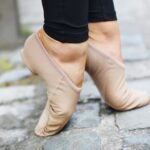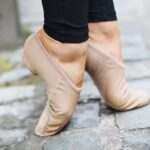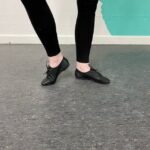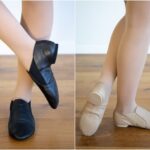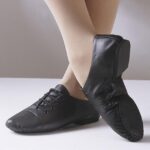Jazz dance, much like jazz music, is highly energetic and lively because it involves a lot of fluid bodily movements paired with some improvisation. As such, it’s a type of dance that requires dancers to rely on the proper equipment for the performance, which is especially the case with footwear.
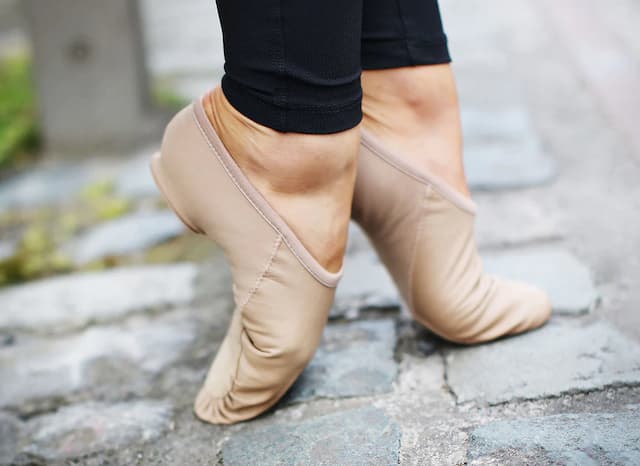
This may lead you to question – Do you need jazz shoes for jazz? Hate to break it to you, but yes, you need to make the investment and get the appropriate jazz shoe of quality if you care about support, comfort, and dance skill. To make the right decision you must first check what your dance studio requires, and get to know more of the options available on the market. Knowing what you should focus on in terms of types, materials, features, and fit is of immense help too!
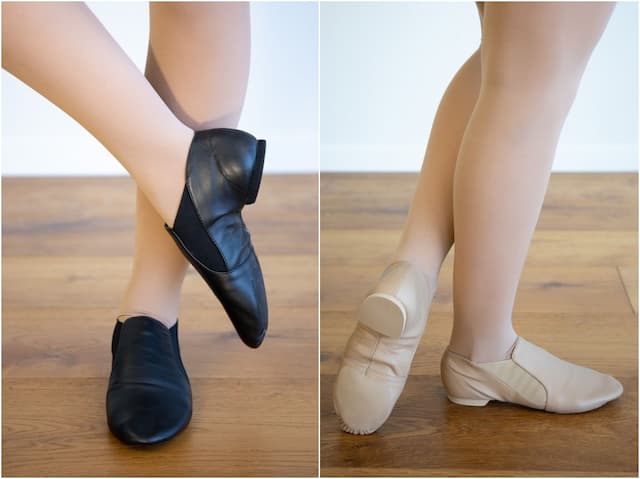
Types of Jazz Shoes
The functional jazz shoe is similar to the ballet shoe in the sense of the design, as both feature flexible soles, and the availability in split-sole and full-sole varieties each of which can be found in many colours. Furthermore, there are other differences in types considering you can find them as lace-up and slip-on shoes, and shoes and boots.
Split Sole

If you’re looking for more flexibility for your feet, then look no further than the split sole design. It’s the one characterised by the emphasis on the line and shape of the foot.
As you might guess by the name, it’s the type of jazz shoe that has a sole with a rubber base only at the ball of the foot and the heel, with a gap in between which is where the flexibility stems from. Although not as supportive as the full-sole counterpart, this type is better if you want to master certain techniques as in the example with floor pressure.
Full Sole
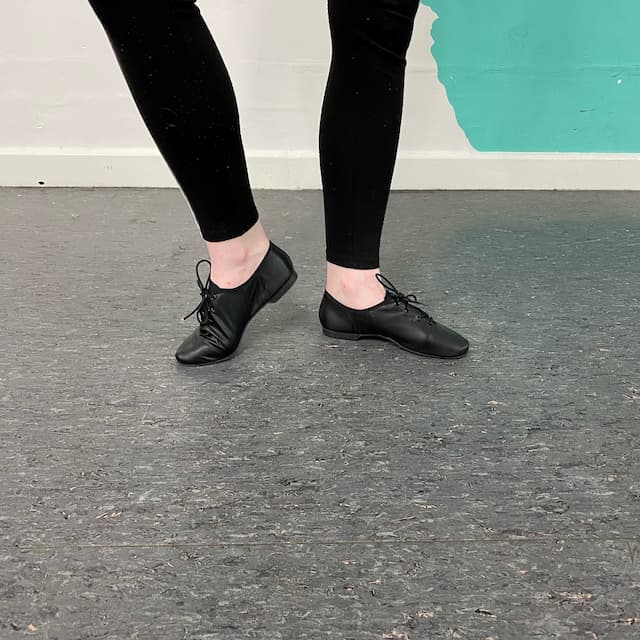
Unlike the split sole, the full sole is the kind of jazz shoe design that has a continuous rubber sole and as such offers a greater amount of support. Although there’s lesser flexibility, it still benefits the feet by helping build strength and muscle. It’s also more structured, which is perfect if you want to avoid showing off problems like clawed toes.
Lace Up
If you have wider feet and want more adjustability with the fit, as well as during putting the shoes on and taking them off, you’d make great use of the lace-up jazz dance shoes which, as implied, have a laced front.
Just be aware that it takes a bit more time to put on these shoes since you have to loosen and tighten the laces each time, and if you have long nails, tying the laces can be difficult. You might want to invest in some gel pads or silicon caps to put over your nails to make the process easier on yourself.
Slip On
Usually, with a neoprene panel, these shoes are perfect for providing optimal fit and comfort as they flex and mould to the contours of the feet even as you move. If you don’t want to bother with laces and want to slip into your shoes right away, then these are the choice for you.
Boots
Though not as common as the shoes, jazz boots are still available in some parts of the world and are mostly used for performances where special costumes are required. Unlike regular boots, they are still jazz-designed to offer optimal foot flexibility.
Sure, they’re a bit bulky and might not be the best choice for competitions or performances where you want to show off your feet, but if you’re looking for something a bit different, jazz boots are definitely an option. Just like with regular shoes, make sure you buy well-fitting jazz boots to avoid blisters and other foot problems.
Materials
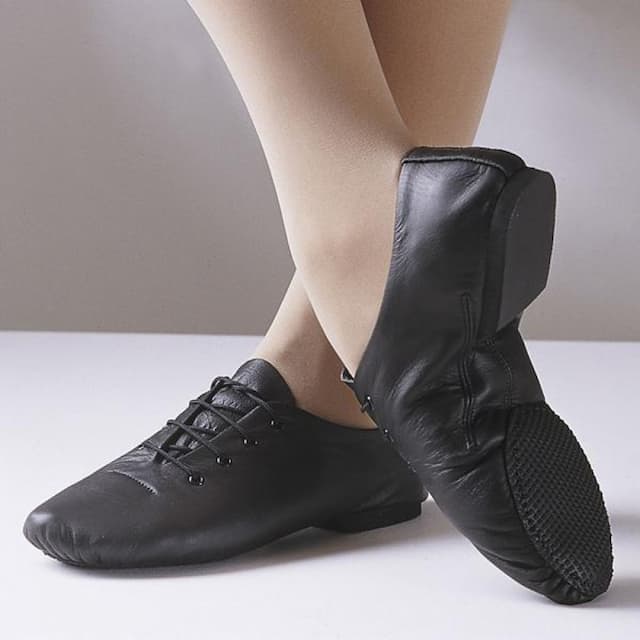
Same as with any other form of shoe shopping, you can’t consider your purchase a successful one unless you also make material consideration part of it. Since dancers are on their feet constantly, they put the footwear through a lot of wear and tear. With this thought in mind, if you want to invest your money in something built to last then leather is what you should be after.
It’s the kind of material that proves to be a great choice for the durability and breathability it offers, making for the perfect foot environment and preventing sweat and odour. Synthetics on the other hand are affordable, and some dancers choose them for their stretchiness too. There are also some companies that make fully vegan shoes with canvas uppers.
Features
In addition to everything else I just mentioned, it’s important to remind you of the essence of checking the crucial features, such as the soles and the heels’ thickness. With soles, it’s basically the material choice between rubber and suede, with the first being more affordable and the latter offering smoother dance turns with less friction.
In terms of heels, the thicker they are, the better they serve you with shock absorption and impact reduction. Still, thickness is something that depends on personal preference, and it comes down to how much floor contact you like to feel with the moves. Better floor contact calls for a thinner heel.

